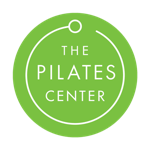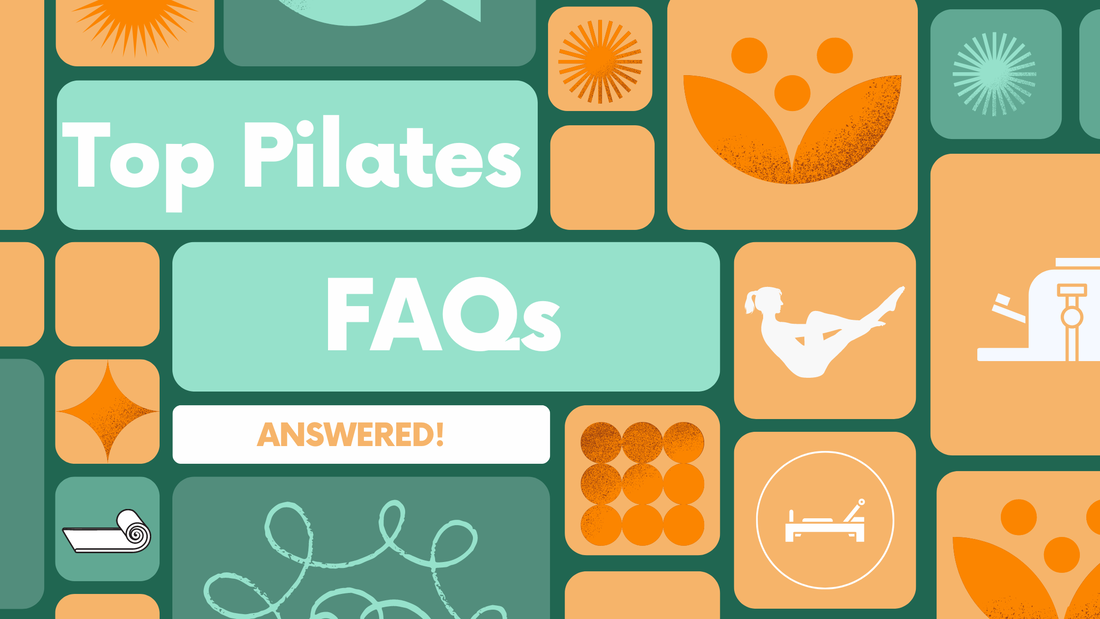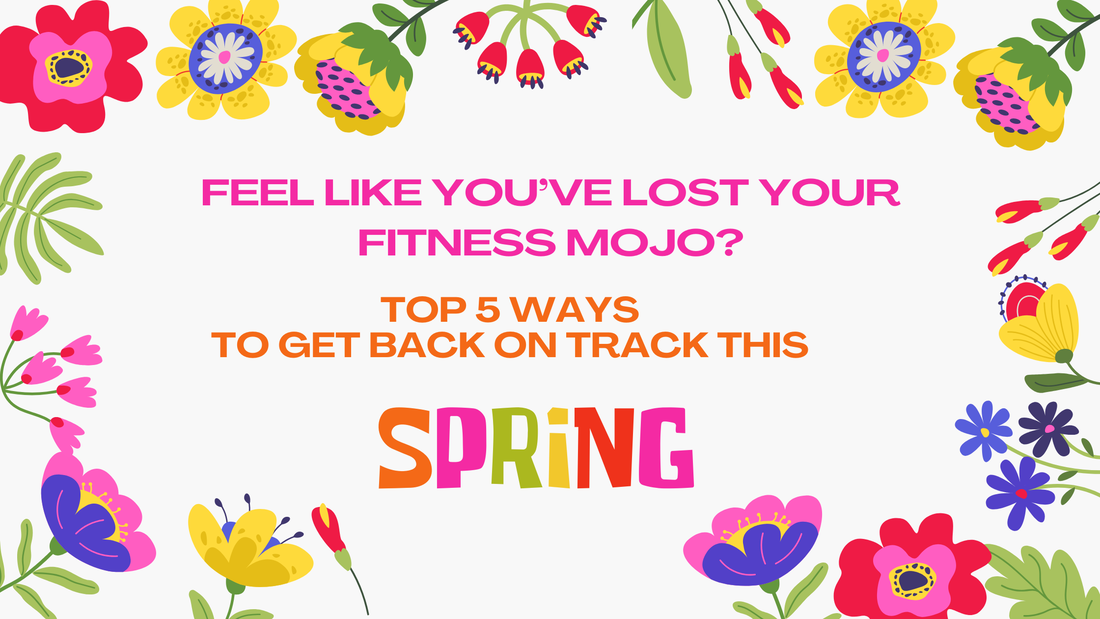|
At Pilates Center Fort Worth, we receive many questions about Pilates. In this blog post, I’ll answer the top 10 frequently asked questions about Pilates to provide you with a better understanding of this popular form of exercise.
1. What is Pilates? Pilates is a form of exercise that focuses on strengthening muscles while improving postural alignment and flexibility. It emphasizes core strength, proper breathing, and mind-body connection. 2. Is Pilates suitable for beginners? Yes, Pilates is suitable for beginners! In fact, many Pilates classes offer modifications for all levels, making it an inclusive form of exercise for everyone. We offer New Client Specials for those who are new to our studio or have been away for 6 months or more. 3. What are the benefits of doing Pilates? Some benefits of Pilates include improved core strength, increased flexibility, better posture, enhanced muscle tone, and overall body awareness. It can also help with stress relief and relaxation. I find the more I do Pilates, the better everything else in my life works! 4. Do I need special equipment for Pilates? While traditional Pilates uses equipment like reformers and chairs, mat Pilates can be done with just a mat. You can also incorporate small props like resistance bands and balls for added challenge. 5. How often should I do Pilates? Pilates is safe enough to do everyday, but for optimal results, aim to do Pilates 2-3 times per week. Consistency is key in seeing improvements in strength, flexibility, and overall fitness. 6. Can Pilates help with back pain? Yes, Pilates can be beneficial for individuals with back pain. The focus on core strength and alignment can help alleviate back issues and improve spinal health over time. We work with many clients with pain. If you have a specific injury or issue, make sure to reach out to your instructor. You may also be better served with private classes where an instructor can help modify the exercises specific to your needs. 7. Will Pilates help me lose weight? Joseph Pilates famously said “In 10 sessions you will feel the difference, in 20 you will see the difference, and in 30 you'll have a whole new body.” Pilates can definitely contribute to weight loss when combined with a healthy diet and overall active lifestyle. Pilates helps build lean muscle mass, which can boost metabolism. Every class is challenging, fun, and engaging, and what I like to say is that the best exercise for weight loss is the one you’ll do consistently. 8. Is Pilates suitable for all ages? Yes, Pilates is suitable for all ages! From teenagers to older adults, Pilates can be modified to accommodate different fitness levels and age groups. We have clients in their teens all the way up to their 80’s. 9. How is Pilates different from yoga? Although Pilates and yoga share some similarities, such as focusing on breath and mind-body connection, Pilates is more centered on physical conditioning, while yoga incorporates more spiritual and meditative elements. 10. Can I do Pilates at home? Practicing Pilates at home is a great option in between studio classes. We highly recommend getting a series of private sessions under your belt so that you can confidently perform the foundational mat work correctly, and then continuing studio classes to keep progressing. This helps prevent injury, overuse, and ensures you’re using the correct muscles and techniques in the proper way. We hope these answers have provided you with valuable insights into the world of Pilates. If you have any more questions or are interested in trying out Pilates, feel free to reach out to us at the Pilates Center Fort Worth.
0 Comments
The holidays can often be a time of indulgence, with festive gatherings, delicious treats, and a break from our regular routines. Our New Year’s resolutions feel a long way off, and we’ve been through Valentine’s Day, Spring Break, and Easter, so it’s totally normal to feel a bit off course with our health and wellness routine. Balance is important- it’s great to enjoy yourself during these festive times, and not be overly perfectionist about any specific routine- but if you find yourself needing to refocus and get back on track after indulging, here are five tips to help you reset and recommit to your well-being:
1. Start With Hydration Whether you’ve overindulged or not, prioritizing hydration is always a good idea. Make sure you are drinking plenty of water throughout the day to help flush out toxins and rehydrate your body. You can also include herbal teas, infused water, or coconut water for added hydration benefits. What I find helps me most is carrying a reusable water bottle around with me- so I have no excuse not to hydrate! I’m particularly loving the fun spring colors that Stanley just brought out- but truly any reusable water bottle will work. 2. Revisit Your Meal Planning Getting back on track with your health and wellness starts in the kitchen. Take some time to plan balanced meals that include plenty of fresh fruits and vegetables, lean proteins, whole grains, and healthy fats. Cooking at home allows you to have more control over the ingredients and portion sizes, making it easier to make nutritious choices. If you’re a lover of apps, try a macro or food tracking app. It’s not necessarily about counting calories- even just being mindful of the foods we’re eating can help. 3. Incorporate Movement Into Your Day Physical activity is key to maintaining a healthy lifestyle. Whether it's going for a walk, practicing Pilates, or hitting the gym, find activities that you enjoy and make them a regular part of your day. Aim for at least 30 minutes of moderate exercise most days of the week to boost your energy levels and improve your overall well-being. To prioritize movement in your already busy day, I recommend purchasing a package of Pilates sessions, and scheduling them in advance. I find that if I put it in my calendar, I’m more apt to do it! 4. Get Adequate Rest Quality sleep is crucial for your body to recover and recharge. Establish a bedtime routine that helps you unwind and prioritize getting seven to eight hours of restful sleep each night. Adequate sleep not only supports your physical health but also has a positive impact on your mental and emotional well-being. 5. Practice Mindful Eating After a period of overindulgence, it can be helpful to practice mindful eating to reconnect with your body's hunger and fullness cues. Slow down during meals, savor each bite, and pay attention to how different foods make you feel. Listening to your body's signals can help you make more conscious food choices and prevent mindless snacking. By incorporating these five strategies into your routine, you can gradually get back on track with your health and wellness goals. Remember that progress takes time, to give yourself grace on the journey, and to be patient and kind with yourself as you recalibrate and reestablish healthy habits. Here's to a fresh start and a renewed commitment this spring! |
Heather GradkeI'm a BASI Certified Pilates Instructor by day, somewhat competent housewife by night. I used to have hobbies but then CHILDRENS. I am married to the love of my life and somewhat charismatic Rustin Gradke. I have 4 kids that are wonderful sometimes but mostly they just eat a lot. I'm a lover of God and movement and the occasional bowl of queso. Archives
April 2024
Categories |



 RSS Feed
RSS Feed